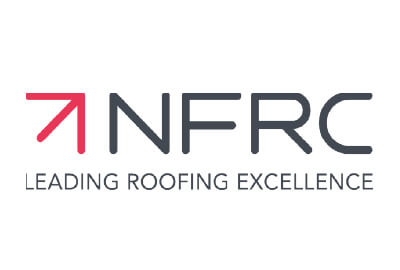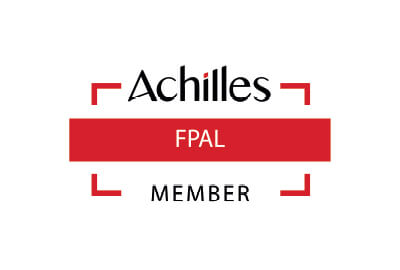When it comes to fitting a new roof, one of the areas that so many roofers fall foul of is poorly installed lead flashings. The lead flashings of your homes roof are incredibly important to protect against the weather and prevent the ingress of water from a joint.
What is Flashing?
Lead flashings is sheets of lead (sometimes copper or aluminium) that are a way of decreasing potential water penetration at joints in your roof such as chimneys, vent pipes, walls that abut roofs and window and door openings. It should be built with tolerance for expansion and contraction and should not stain any contacting material or react with them (chemically).
Types of Flashing
There are four core types of flashing that you will traditionally find used on roofing in Glasgow and the variety of architectural styles used across the city.
Apron Flashing – Also known as cover flashing, this is a common type of flashing that can be used on the front and backs of chimneys, abutting brickwork on flat roofs and where a roof will meet the brickwork of a different section of the building.
Chimney Flashing – One of the most common types of lead flashing, chimney flashing is designed to specifically prevent water from entering your home at the point where the chimney meets the roof. Older lead that has not been maintained or poorly installed can be one of the most common reasons for water accessing your home and causing damp in your ceiling.
Step Flashing – When there is a lower height of roof that runs into a wall or a roof meets the side wall of a chimney, conservatory etc, step flashing is named because of the series of cuts that allow the lead to dig into the course between bricks and stonework of the sidewalls.
Decorative Flashing – Across Glasgow, many historic building used decorative flashing as a way of creating an interesting design feature for homes. Whilst lead flashing is commonly used, you will no doubt have noticed the green copper roofs of Glasgow’s skyline that form decorative flashing details on so many older roofs.
Installing Flashing
Lead flashing is generally code 4 milled lead which offers a good compromise of malleability and resistance to fatigue caused by the expansion and contraction that Glasgow’s ‘unique’ weather can produce.
Flashings that lead into a wall are generally fitted to a minimum depth of 25mm. However on older sandstone buildings, this can vary depending on the stable nature of the stonework.
If you would like to know more about Lead Flashing and the various other roofing detailing services provided by Balmore, please contact our Glasgow head office on 0141 944 6100.













